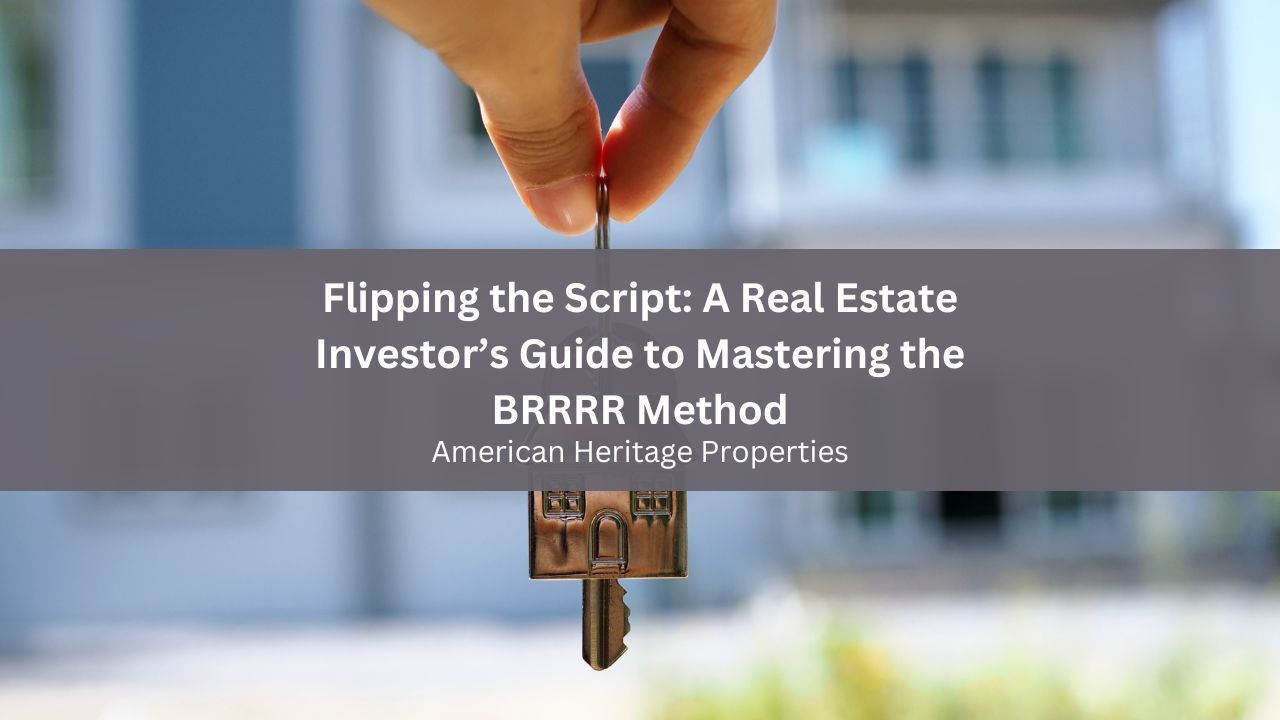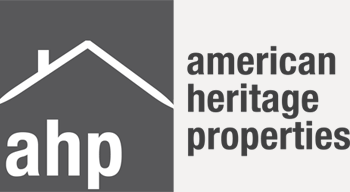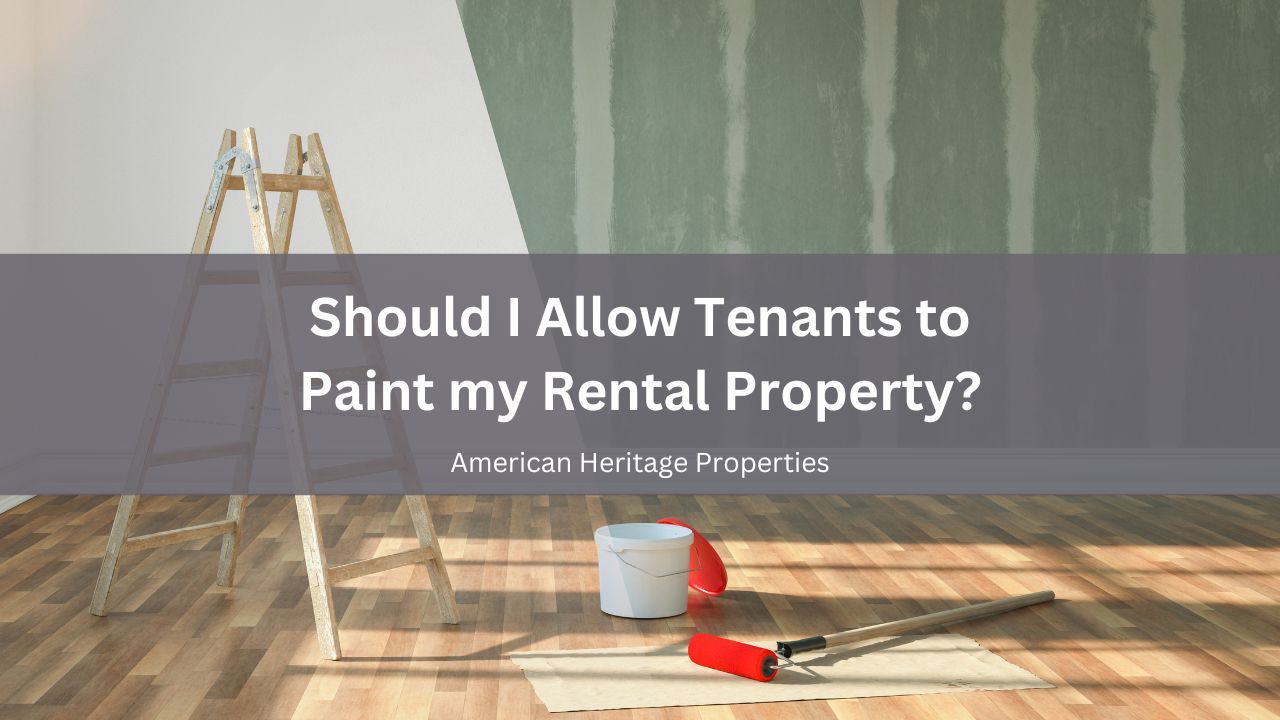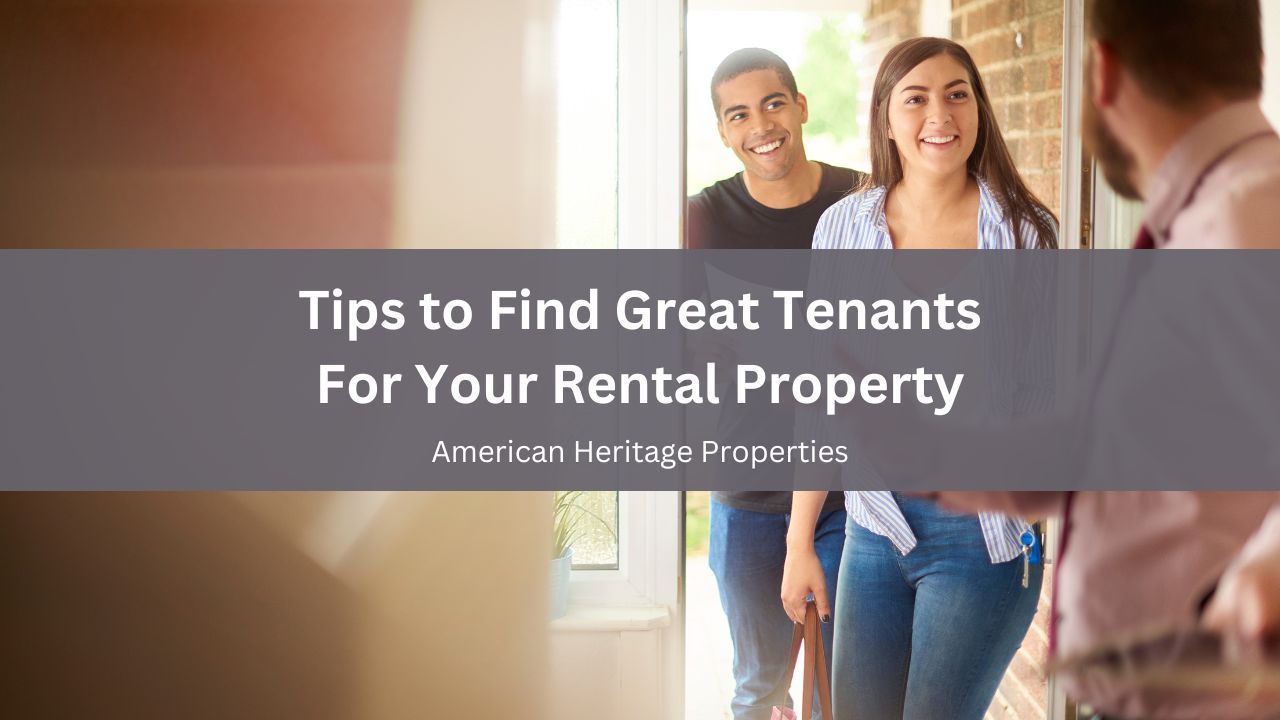Can your tenant run a day care center in your rental home?
Short answer–Yes, provided they meet the legal requirements.
Long answer–
The availability of affordable child care has become a hot-button issue in San Diego, where the cost of living can make it difficult for families to get by unless both parents are working. For some families with children, the solution is to offer home-based child care for friends and neighbors who need it.
In California, the need for child care is considered so vital that state law gives renters the right to operate a family day-care business from the home regardless of whether their lease or rental agreement prohibits the “business use of property.” The law applies to all rentals, from single-family homes to apartments and condos.
Of course, renters who wish to run a day-care business out of their home must be sure they’re following the letter of the law and communicating the details with their landlord or property manager. For example, before anyone begins operating a child-care service, they must obtain a license through the California Child Care Licensing Program, which has a local office in Mission Valley. This license specifies the number of children the provider is allowed to watch.
Renters must provide 30 days’ advance notice to their landlord or property manager before they begin operating a child care service from the home. The state license application includes a form that renters can use to provide this notice.
It’s important to note that landlords are legally allowed to charge a higher security deposit to tenants who run a day-care business from the home. Landlords may want to charge a higher security deposit because of the higher risk that young children may damage the property. The California maximum limit on security deposits still applies (no more than double the monthly rent for an unfurnished unit, or triple the monthly rent for a furnished unit).
In addition to sharing licensing information with the landlord, the renter must also share evidence of financial responsibility. There are three ways to demonstrate financial responsibility: obtain liability insurance; secure a bond of at least $300,000; or get signed affidavits from each child’s parents acknowledging that they are aware of the lack of liability insurance or bond.
Beyond these key initial steps, child-care providers should be conscientious and respectful of their neighbors’ right to the quiet enjoyment of their own homes. Take steps to control or manage excessive noise, and be mindful of anything that could damage the property.
Share this post









